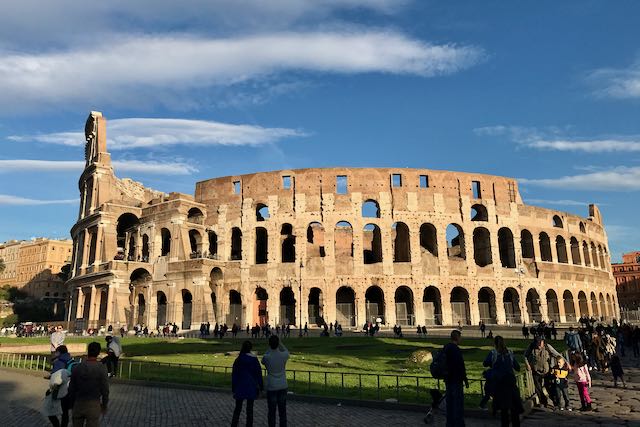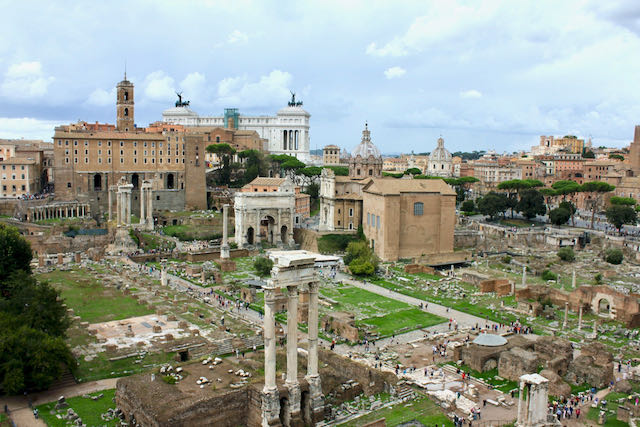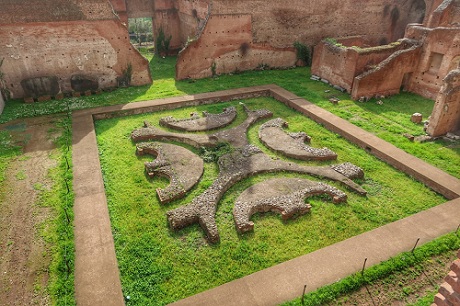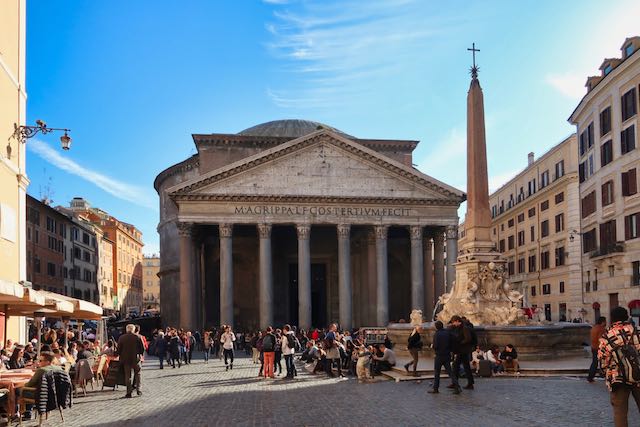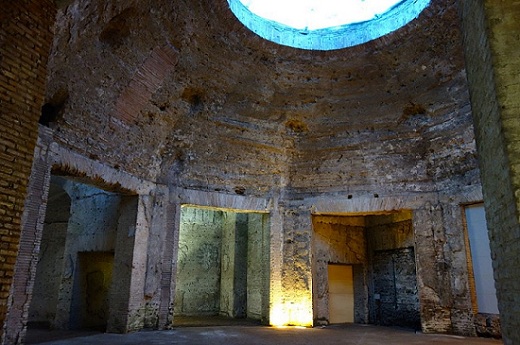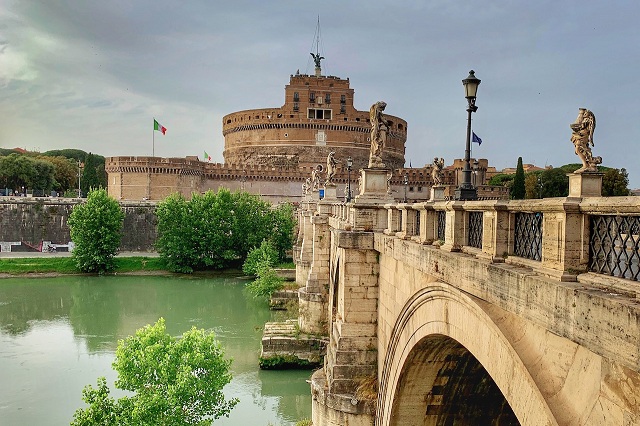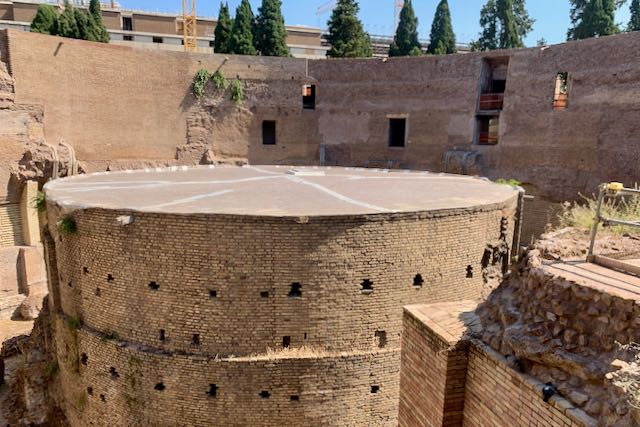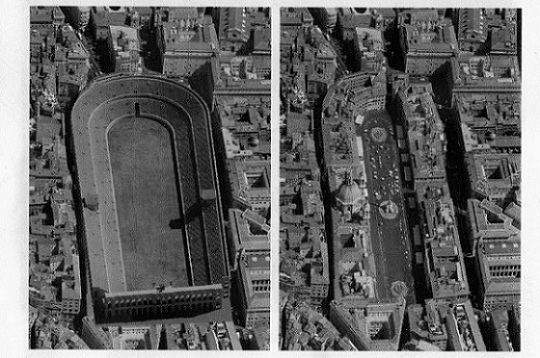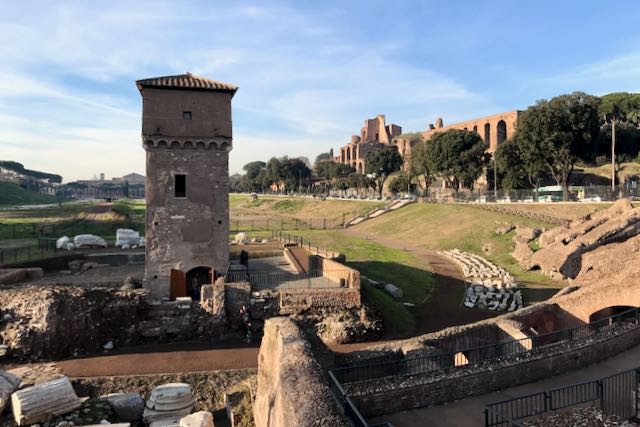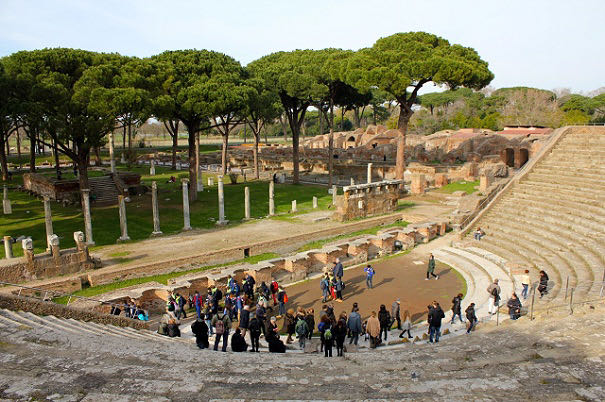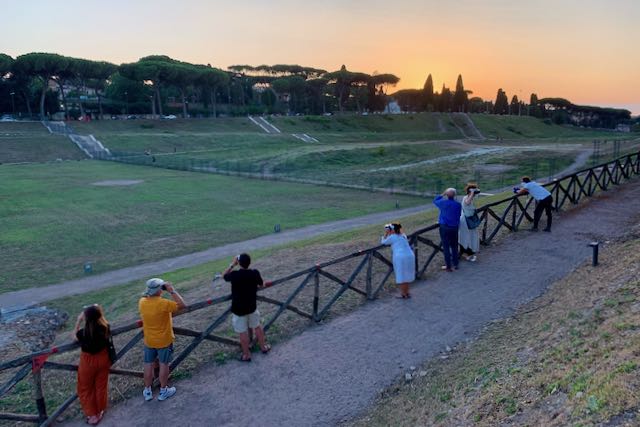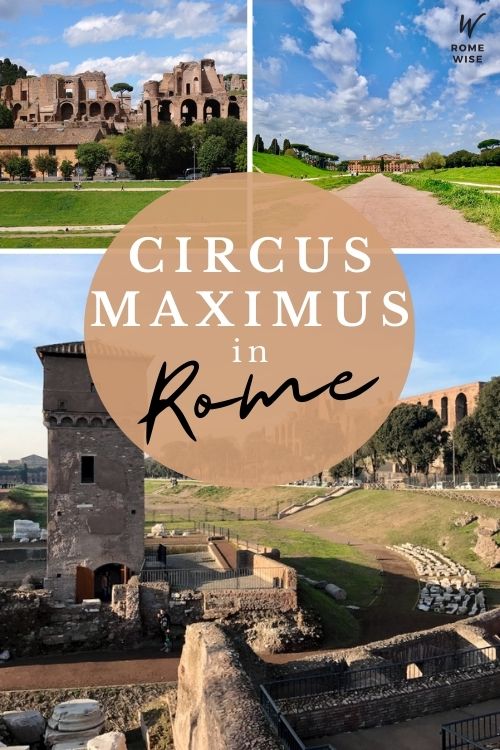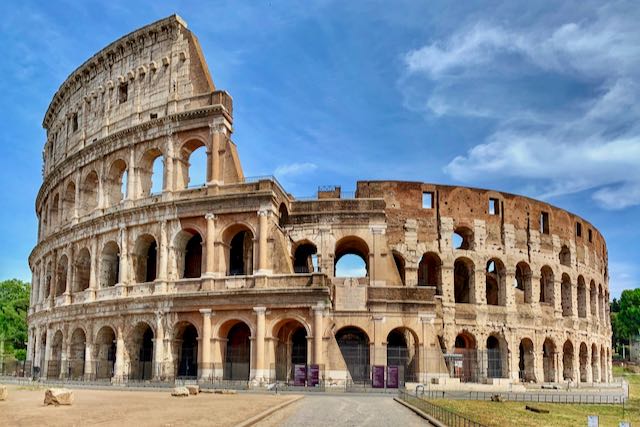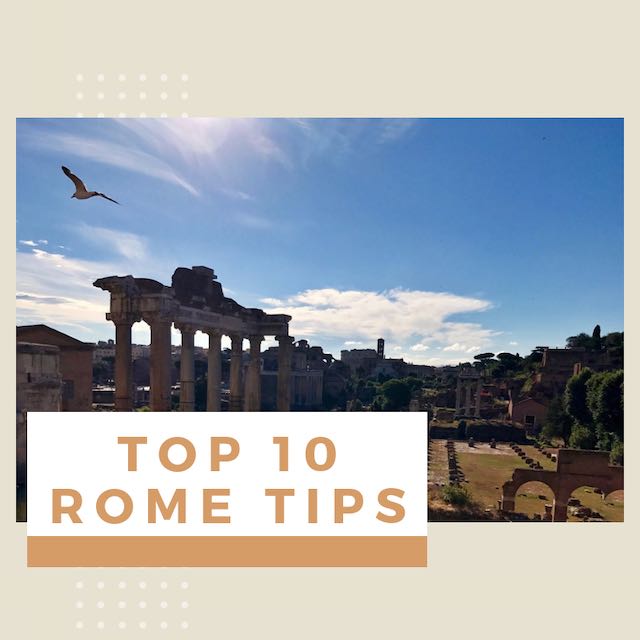- Sign up & get a FREE ebook Subscribe NOW!
- Romewise Home Page
- What to Do in Rome
- The Circus Maximus in Rome
The Circus Maximus in Rome - what it is and what to do there
What is the Circus Maximus in Rome?
In Ancient Rome, it was the largest stadium ever built.
In fact, it still is.
 The Circus Maximus Italy was and remains the largest sporting arena ever built. Today we use it mostly as a public park.
The Circus Maximus Italy was and remains the largest sporting arena ever built. Today we use it mostly as a public park.Today it's one of the Romans' favorite parks.
But there's more to this huge space than meets the eye.
Find out everything you need to know about what the Circus Maximus used to be, what is it today, and what you can do there.
The Circus Maximus in Rome - Everything You Need to Know
The Circus Maximus was once one of the most important stadia, or arenas, in Ancient Rome, at one time seating (probably) around 200,000 spectators, give or take.
Today most Romans think of it as a place to exercise, walk their dog, or picnic.
There are also shows and concerts and in recent years, the Circus Maximus Rome Italy has become THE spot for celebrating New Year's Eve.
But there's more.
The Circus Maximus (Circo Massimo in Italian) has a long and fascinating history, some of which you can experience today.
On this page you'll find:
- Who built the Circus Maximus and when?
- What was the Circus Maximus used for in Ancient Rome?
- Was there really chariot racing in the Circus Maximus like in the movie Ben Hur?
- Where is the Circus Maximus in Rome on a map?
- What kinds of concerts and events are held at Circus Maximus?
- What happens in Circus Maximus on New Year's Eve?
- What can you do today at Circus Maximus?
- What are the opening hours and fees for visiting the Circus Maximus?
- How to get to the Circus Maximus in Rome?
Who built the Circus Maximus and when?
The Circus Maximus in Rome dates to the 6th century BCE, when Rome was a small kingdom.
At the time, there was a kind of rickety wooden stand to watch some games and races in this marshy field (Valle Murcia) that lay between the Palatine and Aventine hills.
Over time the stands got sturdier and larger, and finally, the Circus Maximus we think of today was more or less established under Julius Caesar (1st century BCE).
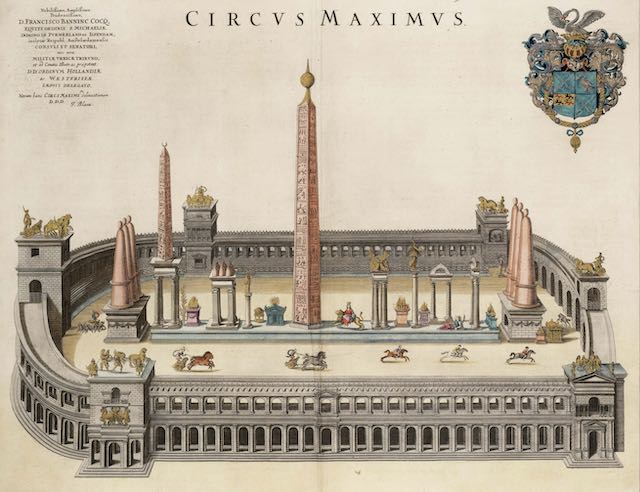 Circus Maximus illustration (Atlas van Loon, 1649) - public domain
Circus Maximus illustration (Atlas van Loon, 1649) - public domainLike so many structures in Ancient Rome, the stands were often destroyed by fire and then rebuilt.
Finally, under Roman Emperor Trajan (early 2nd century CE), the Circus Maximus took on its most definitive shape and size.
If you visit the small archeological site today, the structures you see were built during his reign, with the exception of the medieval tower.
Dimensions of the Circus Maximus in Rome
The stadium was and still is one of the largest of all time.
In its heyday it was 621 m (2,037 ft) in length and 118 m (387 ft) in width.
It became the model for circuses throughout the Roman Empire.
Egyptian Obelisks in Circus Maximus
One of the most prominent decorations in the Circus Maximus was the obelisk that Rome’s first emperor Octavian Augustus brought back with him from Egypt.
Today referred to as the Flaminio obelisk, the obelisk dates to New Kingdom Egypt (1550-1070 BCE) and the reign of pharaoh Seti I.
It was originally placed in Heliopolis in around 1300 BCE, and now is in the middle of Piazza del Popolo.
In 10 BCE, Augustus went to great effort and expense to bring back this spoil of war, and had it placed on the spine of the Circus Maximus in Rome as a reminder of his conquest of Egypt.
It also symbolized a dedication to the sun.
(In fact, Augustus brought back two such obelisks. The other one, called the Obelisk of Horologium Augusti stands today in front of Parliament in piazza Montecitorio. This obelisk once stood in the Field of Mars, or Campo Marzio, to act as the gnomon of a large sundial Augustus had built. It was connected to his Altar of Peace (Ara Pacis) and his mausoleum.)
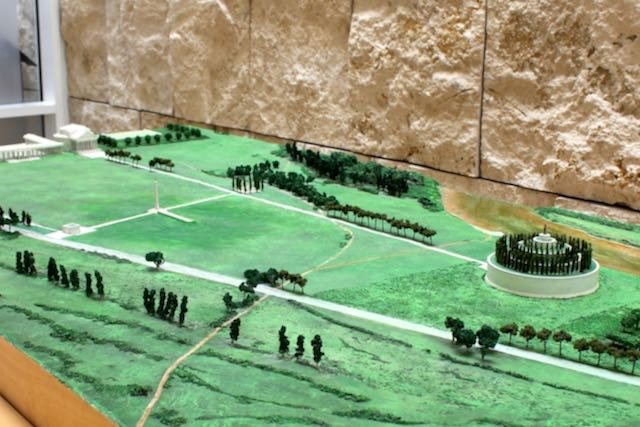 At the Ara Pacis museum, you can see this plastic model of Ancient Rome under Emperor Augustus. The Pantheon is straight across from his mausoleum, and you can see the obelisk and its Horologium Augusti there as well.
At the Ara Pacis museum, you can see this plastic model of Ancient Rome under Emperor Augustus. The Pantheon is straight across from his mausoleum, and you can see the obelisk and its Horologium Augusti there as well.In the 4th century, another, much larger, obelisk was placed along the spine of the Circus Maximus in Rome.
This obelisk was made around 1400 BCE in Karnak, Egypt, during the reigns of Pharaohs Thutmose III and Thutmose IV.
Roman Emperor Constantius II (not to be confused with earlier emperor Constantine the Great) had it shipped to Rome in 357 CE. It was then erected on the spine of the Circus Maximus.
The Lateran Obelisk as it is called today, is the largest standing ancient Egyptian obelisk in the world.
It originally weighed over 400 tons and stood at 32 m (105 ft), although after its collapse and restoration it is now a tad less heavy and less tall - you can see it in person near the Basilica of San Giovanni.
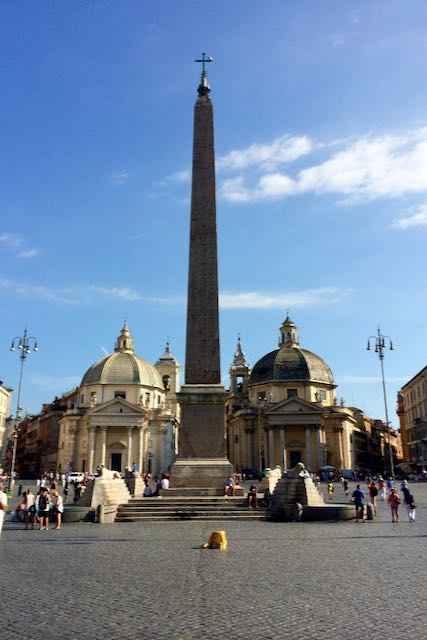 The Flaminio obelisk that once stood in the spine of Circus Maximus, today in Piazza del Popolo.
The Flaminio obelisk that once stood in the spine of Circus Maximus, today in Piazza del Popolo.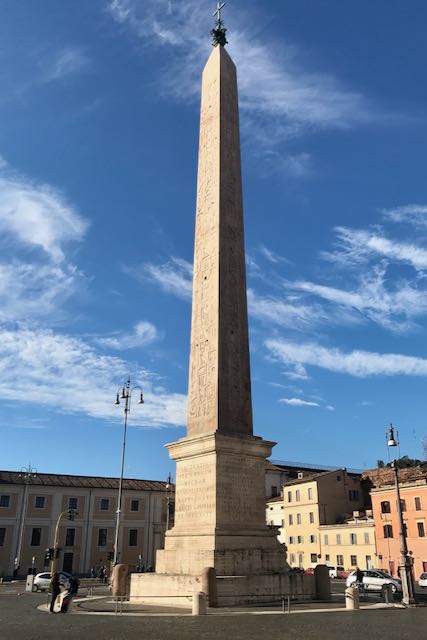 The Lateran obelisk that once stood in the spine of Circus Maximus, today near the basilica of San Giovanni in Laterano.
The Lateran obelisk that once stood in the spine of Circus Maximus, today near the basilica of San Giovanni in Laterano.The obelisks in Circus Maximus eventually fell apart and sank into the mud.
They were re-discovered in pieces in 1587, before being put back together and moved in 1589 under orders of Pope Sixtus.
Augustus' smaller obelisk was moved to Piazza del Popolo and Constantine II's larger obelisk was moved to the side of the basilica of Saint John in Lateran.
The perfect 3-day itinerary in Rome
Trying to figure out how to organize your visit to Rome? I've got the perfect 3-day itinerary for first-time visitors (or those who have not been here in a while.) It works for a 2.5 day visit as well.
In my 3-day itinerary, you'll see all the major must-see Rome attractions like the Vatican, Colosseum, Trevi Fountain, Pantheon, Piazza Navona, Spanish Steps, Castel Sant'Angelo, and much more.
And if you have more time, or want suggestions for extra/other things to do, you'll find that there too.
Visit my page with the best 3-day itinerary in Rome for first-timers.
What was the Circus Maximus used for in Ancient Rome?
The Circus Maximus in Ancient Rome was used for several different things.
In addition to chariot races, it was the biggest venue for ludi romani, which were games linked to Roman religious festivals.
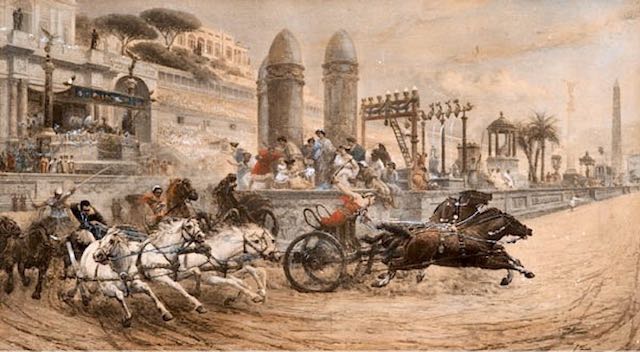 Chariots racing in the Circus Maximus, Ettore Forti, 19th century. Public domain
Chariots racing in the Circus Maximus, Ettore Forti, 19th century. Public domainLudi might have lasted anywhere from a few hours to a few days, and included activities like public feasts, chariot racing, theater shows, animal hunts or fights and gladiator contests.
There were also public executions.
Surrounding the huge stadium were stalls with vendors selling food, drink, and other wares.
✨ Experience all of Rome's Magic in a Day ✨
Wander through the city's historic center with a local guide, discovering iconic landmarks like the Trevi Fountain, Pantheon, and Piazza Navona — then take a private transfer to The Vatican. Perfect for first-time or hundreth-time visitors, this expertly guided tour reveals the Eternal City’s beauty and rich history at its most enchanting.
By the end of the first century, the Colosseum had been constructed and most gladiator games and smaller scale celebrations were held there.
Domitian's stadium (today Piazza Navona) was used for foot races and wrestling matches.
By the fall of the Roman Empire in the 5th century, the Circus Maximus in Rome had lost its luster and fell out of use.
The last known animal-hunt at the Circus Maximus took place in 523, and the last known races there were held by 549.
Disclosure: If you make a purchase through a link on this page, I may receive a small commission - at no extra cost to you. Thank you for supporting my site!
Was there really chariot racing in the Circus Maximus in Rome like in the movie Ben Hur?
 Racing Chariots Entering The Circus Maximus, Ettore Forti, 19th century. Public domain
Racing Chariots Entering The Circus Maximus, Ettore Forti, 19th century. Public domainIn the Oscar-winning 1959 film Ben Hur, starring Charlton Heston, there is a famous chariot race that takes place in a huge circus much like the Circus Maximus in Rome.

While that scene in the movie probably reflected reality to some degree, they did not use the Circus Maximus when they made the film (nor for the more recent remake).
Instead they made a massive set at Cinecittà Studios in Rome and filmed there.
Where is the Circus Maximus in Rome on a map?
The Circus Maximus in Rome lies in a valley between the Palatine Hill and the Aventine Hill.
It's not far from the Colosseum, Palatine Hill, Roman Forum, and Baths of Caracalla.
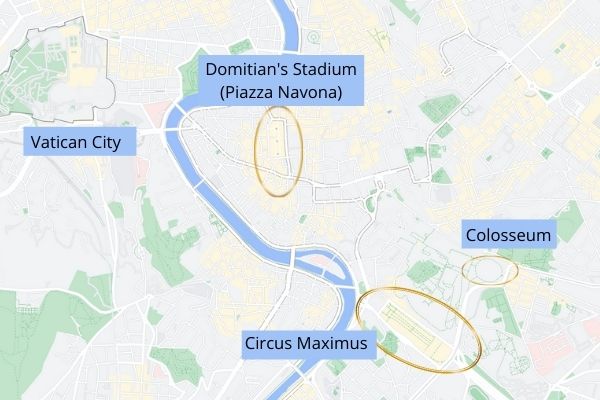 On this map of Rome, you can see the three largest and most important stadiums from Ancient Rome - the Flavian Amphitheater (Colosseum), Domitian's Stadium (Piazza Navona today), and the Circus Maximus.
On this map of Rome, you can see the three largest and most important stadiums from Ancient Rome - the Flavian Amphitheater (Colosseum), Domitian's Stadium (Piazza Navona today), and the Circus Maximus.The Circus Maximus lies beneath the slopes of the Palatine Hill.
Today we can still see giant ruins on the Palatine Hill.
Those ruins are merely the supports for the enormous imperial palaces that were once there.
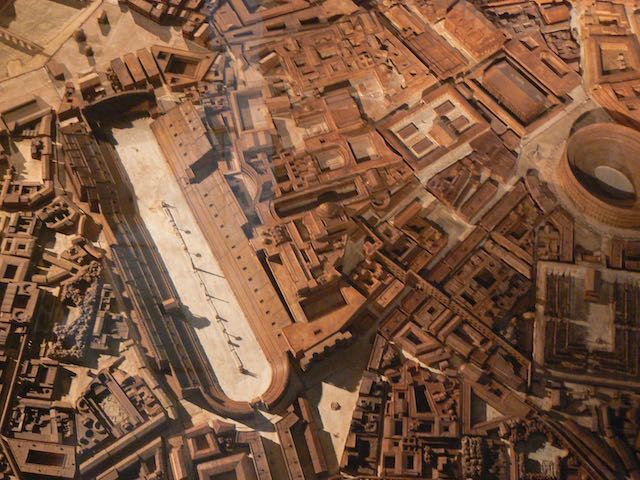 Model of Circus Maximus in Rome, plan de Rome de Paul Bigot, université de Caen. Wikimedia Commons.
Model of Circus Maximus in Rome, plan de Rome de Paul Bigot, université de Caen. Wikimedia Commons.And from those palaces on high, the emperor and his court could watch the games in the Circus Maximus below.
What kinds of concerts and events are held at Circus Maximus?
Circus Maximus is such a huge space that it lends itself easily to large spectacular events.
It has already become the main place to celebrate New Year's Eve in Rome.
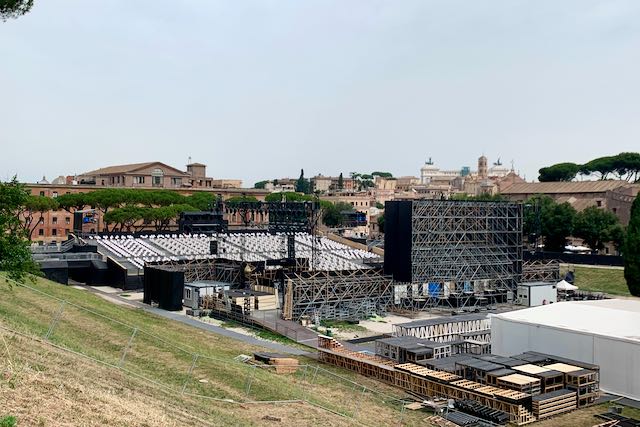 Setting up for the Rome Opera in Circus Maximus.
Setting up for the Rome Opera in Circus Maximus.Recently, the Rome Opera moved their summer shows here from the Baths of Caracalla, as there is more space for both the stage and the audience, and the logistics are much easier here as well.
We will see if the opera moves back to the Caracalla Baths but for now, I believe they will stay here.
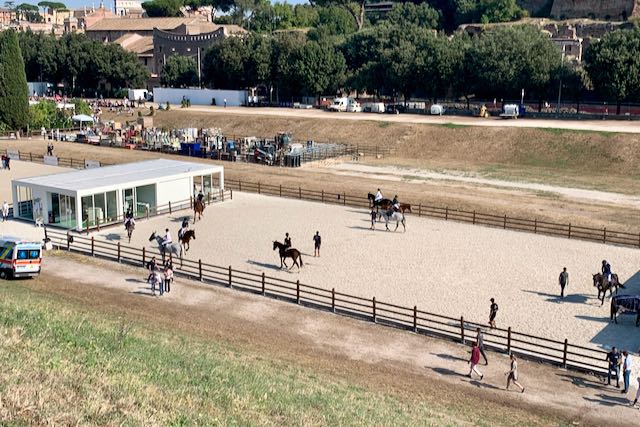 The Longines Global Champions horse jumping event was held in the Circus Maximus in September 2021, the first time horses competed here in near 2,000 years!
The Longines Global Champions horse jumping event was held in the Circus Maximus in September 2021, the first time horses competed here in near 2,000 years!In 2021, the Longines Global Champions Tour was held in Circus Maximus, making it the first time in nearly 2,000 years that horses competed here!
Other things that are sometimes set up in Circus Maximus include large-scale farmers' markets, health-related events such as large-scale screenings, registration for city-wide races such as Race for the Cure, and in April, a show that re-enacts the founding of Rome in 753 BCE.
Explore other sites from Ancient Rome
What happens in Circus Maximus on New Year's Eve?
In recent years, Circus Maximus has become THE place to be for New Year's Eve in Rome.
The city organizes large-scale events that change from year to year, but that include music concerts as well as some smaller shows like acrobats and dance performances.
The event is free and it gets very crowded so come early.
There are stands for buying food and drink, and porta-potties around the edges.
New Year's Eve in Circus Maximus is very lively and usually lasts into the wee hours.
Ready to plan your trip?
Book your train
Planning to travel between cities in Italy and other parts of Europe?
Use Trainline to see all the different options available across the different rail companies.
Find your hotel
Find your perfect place to stay in Rome.
Use Booking.com to choose between hotels, guesthouses, and self-catering apartments in neighborhoods throughout the Eternal City.
Buy your TurboPass
Purchase the convenient Turbopass and visit all of Rome's top attractions including the Colosseum, Pantheon, and Vatican.
With one handy pass, it's all included.
What can you do today at Circus Maximus?
Today most people in Rome think of Circus Maximus as a giant park and most use it for jogging, cycling, picnicking, and dog-walking.
During the 2020/2021 lockdown when gyms were closed, you would often find entire gym classes being held here.
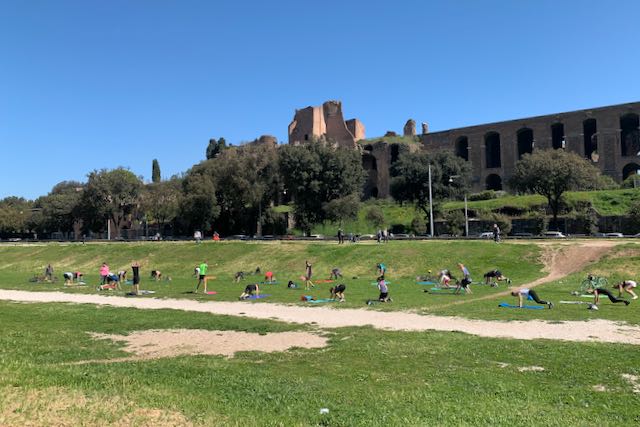 A huge group gym class being held in Circus Maximus during the 2020/2021 lockdown.
A huge group gym class being held in Circus Maximus during the 2020/2021 lockdown.Romans and tourists alike love to go to the top of the park right on the Aventine Hill where you can get a birds' eye view of the Circus Maximus and the Palatine Hill just across from you.
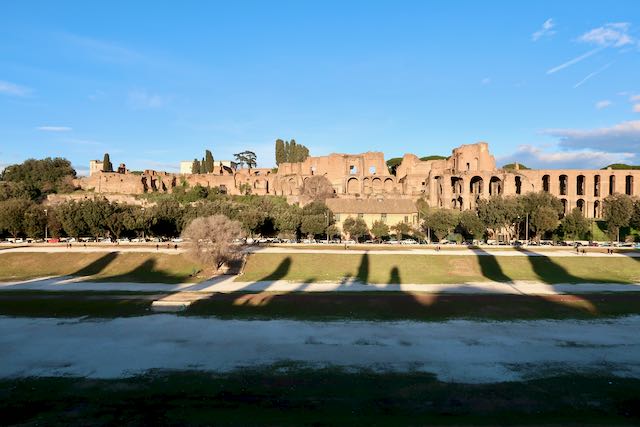 From the Aventine Hill, you get a birds' eye view of the Palatine Hill looking across Circus Maximus below. This shot is from a winter afternoon.
From the Aventine Hill, you get a birds' eye view of the Palatine Hill looking across Circus Maximus below. This shot is from a winter afternoon.Standing above Circus Maximus on the Aventine Hill is a great place to see wide open sky and so it's a perfect spot for watching a sunset and other beautiful nature events like gathering thunderstorm clouds.
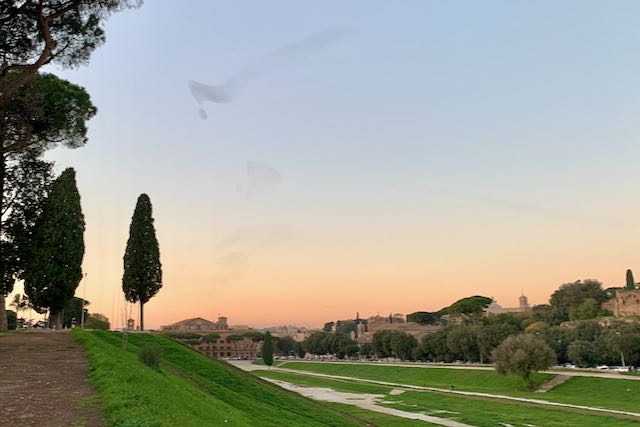 In winter, we get to see these beautiful bird murumurations. Circus Maximus is a fantastic place to observe this phenomenon.
In winter, we get to see these beautiful bird murumurations. Circus Maximus is a fantastic place to observe this phenomenon.Sometimes there are events at Circus Maximus, as I've written above.
The Circus Maximus is THE place to be in Rome for New Years' Eve.
On occasion, big rock concerts are held here.
Recent performers include Bruce Springsteen, The Rolling Stones, and Paul McCartney.
You can also visit the Circus Maximus in Rome as an archeological site. Read on:
What are the opening hours and fees for visiting the Circus Maximus?
You can visit the enormous open park any time, 24/7, unless there is a specific event going on like a concert or New Year's Eve.
Circus Maximus archeological visit
At the southeastern end, where the Metro stop is, you will see the entrance to the archeological excavations.
This is not a huge site and the visit won't take long, but it's a really fascinating peek into what this site must have been like in Ancient Rome.
Most of what you see on this visit dates from the reign of emperor Trajan (early 2nd century), but you can also clearly see and visit the medieval Torre della Moletta (built in the 12th century.)
An indoor staircase takes you to the upper floor where you can get a great view over the area.
The archaeological area is open Tuesday to Sunday at the following times:
November - March 9.30am - 4pm
April - October 9.30am - 7pm
Closed December 25th, January 1st, May 1st
Entrance ticket 6€. Reduced rates for residents, students, etc.
You usually do not need to book in advance but you may want to do so on weekends, holidays, and in mid- or -high-season.
Click here to book on the official website.
Circus Maximus Virtual Reality Tour
You can also visit the Circus Maximus in Rome with virtual reality goggles and experience what it must have been like all those centuries ago.
The 40-minute walking itinerary is available in eight languages (Italian, English, French, German, Spanish, Russian, Chinese and Japanese).
From April - December, 2021 Thursday - Sunday. 12 € full price.
Hours depend on the season.
Check the website below for details.
You can purchase tickets for the Circo Massimo Experience here.
How to get to the Circus Maximus in Rome?
The Circus Maximus lies between the Palatine Hill and the Aventine Hill.
If you plan to sight-see in the area, the Circus Maximus is easily walkable to/from the Colosseum, the Palatine Hill (entrance/exit on via di San Gregorio), the Baths of Caracalla, the Mouth of Truth, and the Roseto Rose Garden.
If you are coming to the Circus Maximus via public transportation, there are many buses and trams that stop here, but by far the most direct means of transportation is the Blue Line Metro B.
The stop is Circo Massimo (Circus Maximus in Italian.)
Romewise's Top Travel Resources
Ready to book your trip to Rome? Take a look at these helpful links to companies we use and trust:
- Keep your travel spending simple with the Wise card, which removes all the worry about exchange rates and high transaction fees all over the world
- Search for and book your perfect accommodation
- Our complete guide to what to pack for Rome
- The number one travel accessory, a multi-point travel adapter and voltage converter
- Browse a huge range of tours in Rome and beyond
- Experience unique tours and special access to Rome's most popular sights
- Protect yourself with comprehensive travel insurance
Within this post there are some affiliate links for products and services. For more details about our affiliate policy click here.
Get your 100% free Rome trip planner now!
Simply sign-up today for our free newsletter and get the Romewise Quick Start guide to Rome:
We are committed to respecting your data. Click for our Privacy Policy.
Comments? Questions? Suggestions?
Please come over to the private Romewise Facebook group and join in the conversation.
You will often find me there, happy to answer your questions / comments!
You will also meet other Rome lovers and experts, too.
What are you waiting for?
- Romewise Home Page
- What to Do in Rome
- The Circus Maximus in Rome





